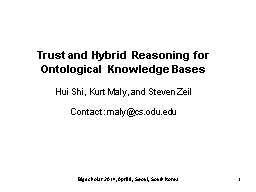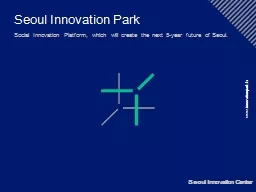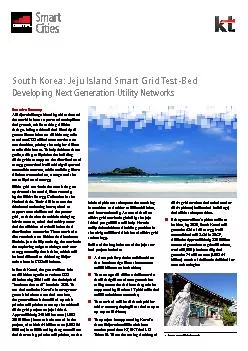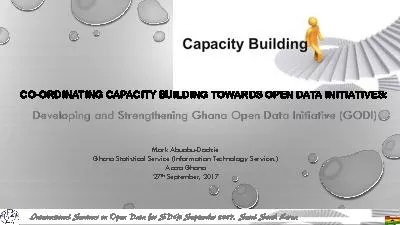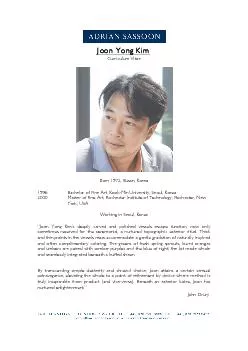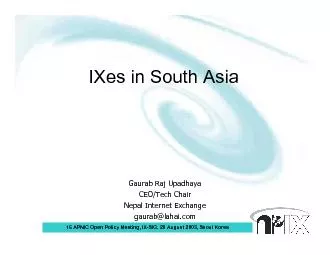PPT-Bigscholar 2014, April 8, Seoul, South Korea
Author : natalia-silvester | Published Date : 2016-08-06
1 Trust and Hybrid Reasoning for Ontological Knowledge Bases Hui Shi Kurt Maly and Steven Zeil Contact malycsoduedu 2 Outline Problem Semantic web subject to changes
Presentation Embed Code
Download Presentation
Download Presentation The PPT/PDF document "Bigscholar 2014, April 8, Seoul, South ..." is the property of its rightful owner. Permission is granted to download and print the materials on this website for personal, non-commercial use only, and to display it on your personal computer provided you do not modify the materials and that you retain all copyright notices contained in the materials. By downloading content from our website, you accept the terms of this agreement.
Bigscholar 2014, April 8, Seoul, South Korea: Transcript
Download Rules Of Document
"Bigscholar 2014, April 8, Seoul, South Korea"The content belongs to its owner. You may download and print it for personal use, without modification, and keep all copyright notices. By downloading, you agree to these terms.
Related Documents

